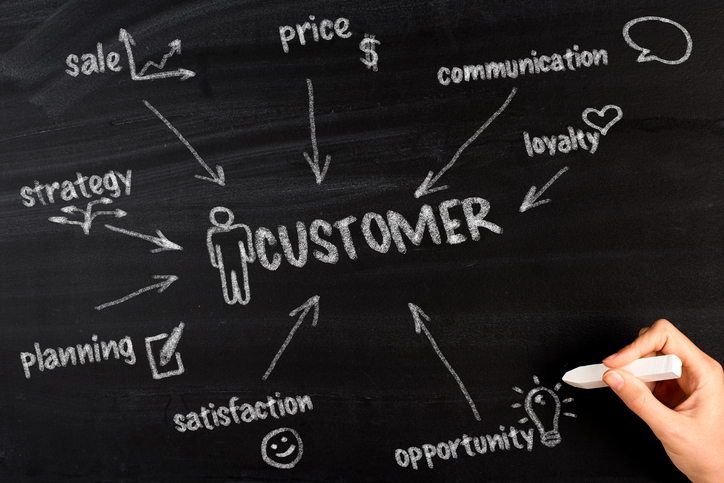
It’s easier to sell to a current customer than to find a new one.
This is true even online, where an endless sea of customers can leave you with a suspiciously empty net when you actually try to find one. B2B enterprises raise efficiency and lifetime customer value when they focus on retention.
Despite the potential of marketing to current customers, this process is an often overlooked part of a B2B marketing strategy.
To maximize lifetime value, here are a few things you can do to improve customer lifetime value:
1. Start With Onboarding
Your customer onboarding process sets the tone for the rest of the relationship. The more you can show people how to get the most out of their new purchase, the more satisfied they will be. The more satisfied they are, the longer they’ll stay.
2. Create Value-Added Content
Once you’ve got new customers, don’t just forget about them. Your retention strategy should include helpful, informative content, especially for your existing customers. That will keep them alert to what you have to offer.
3. Reignite the Relationship
When customers lapse – no longer using your solution regularly, for example – you should step in. Odds are good that there are problems you can help them with to bring things back. Intervene when usage is slowing, not after it stops.
4. Look for Ways to Help
What have you done for your customers lately? Surprise gifts make a bigger impression than rewards we feel we’ve earned. Look for ways to celebrate the relationship – for example, a small but meaningful present on account anniversaries.
5. Be Extremely Responsive
Leads are most likely to convert into customers when you can get to their question or problem promptly – within less than a minute, ideally. Customers, on the other hand, won’t research your rivals if they feel taken care of by your team.
6. Resolve Customer Complaints
Every customer complaint is an opportunity to do better. If you have one person complaining, it’s likely a dozen others have had the same issue. When a customer sees you’re willing to make things right, it’s often better than if everything went smoothly in the first place!
7. Aim for Content Personalization
Personalization is a company’s way of showing a genuine interest in an individual. Make sure you’re using all that data you gather in conjunction with one-on-one feedback to deliver meaningful, relevant Web content.
8. Improve Constantly
Once someone is a customer, you have a rich variety of behavioral and historical cues to work with. If something goes wrong – or even right – you should look for the root causes and find ways to reproduce results you want. Never be satisfied with “good enough.”
The eight techniques mentioned above will leave you poised to foster a truly retention-focused business culture that maximizes the lifetime value of each customer by building closer relationships and solving their most fundamental problems.

